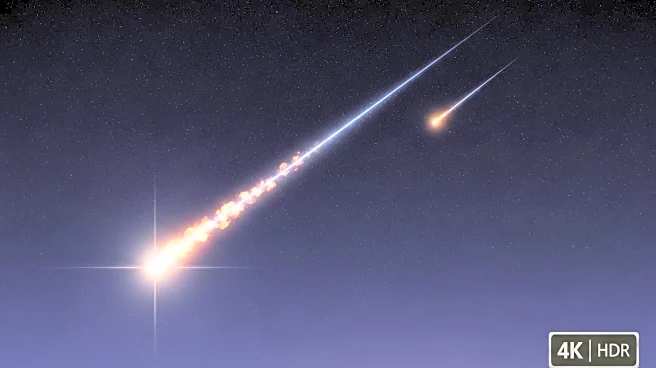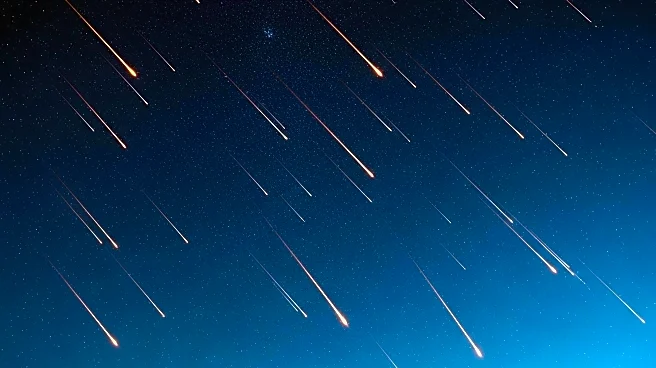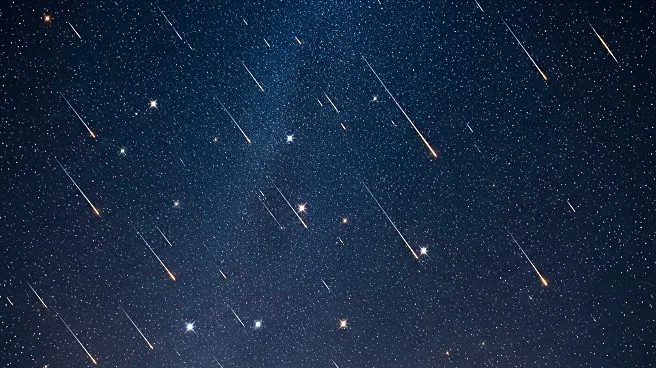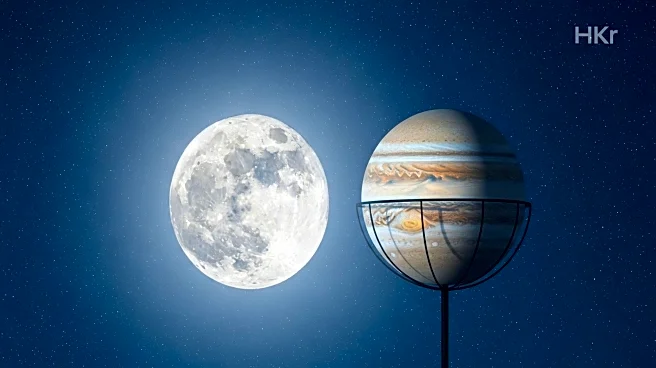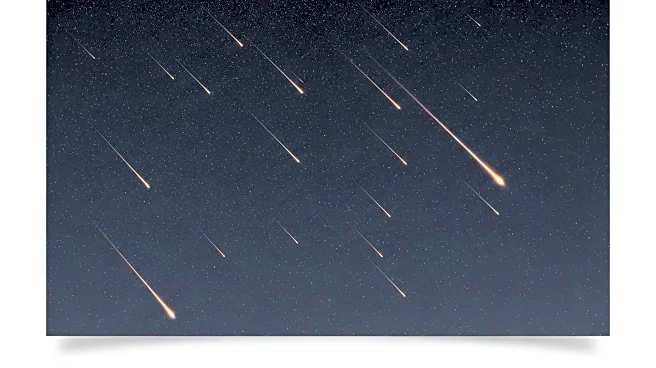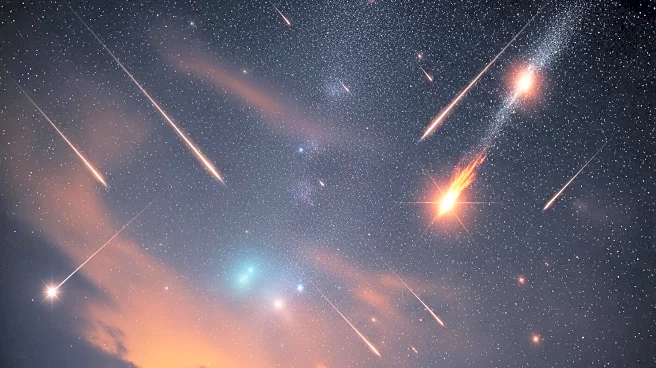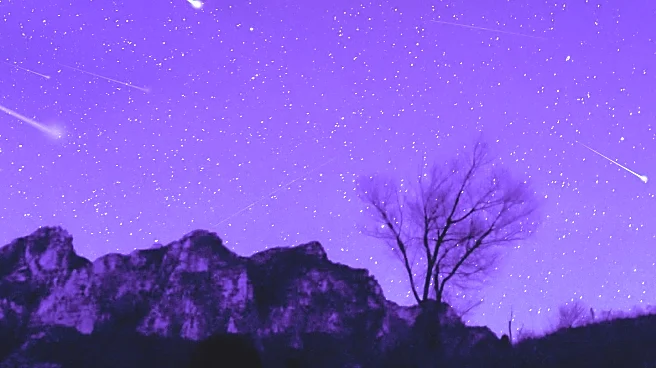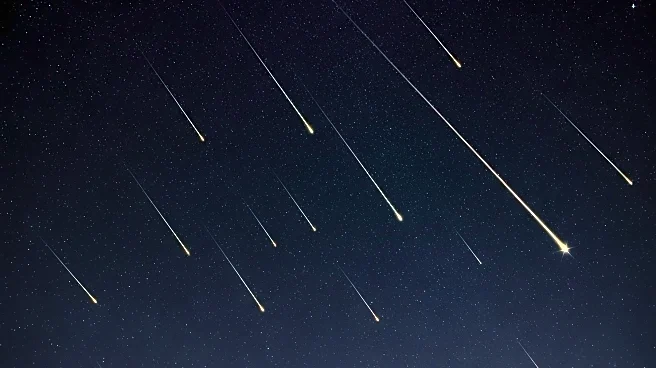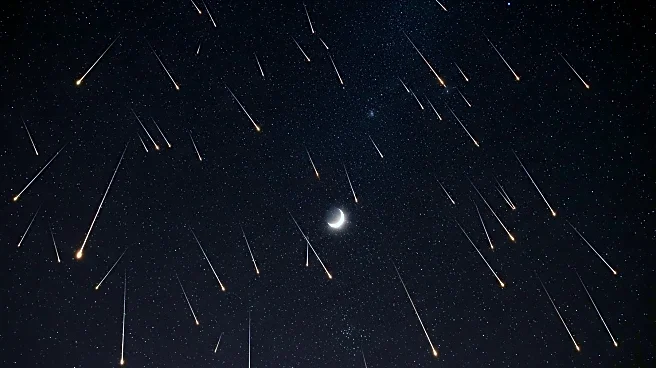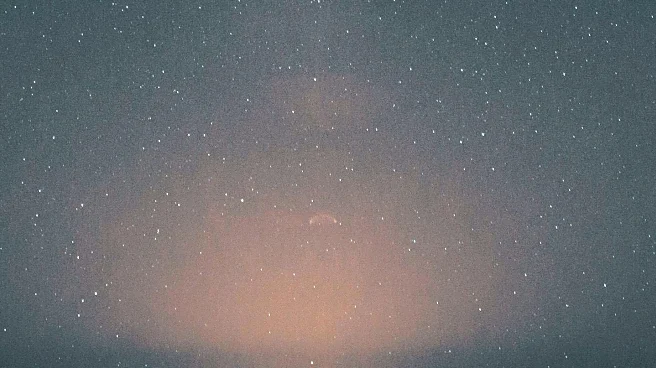What's Happening?
The Taurid meteor shower, originating from the comet 2P/Encke, has commenced and is expected to produce dramatic fireballs in the coming weeks. The Southern Taurids have been active since September 20 and will peak on November 4-5, while the Northern Taurids will become active on October 20, peaking on November 11-12. Stargazers can expect up to 5 meteors per hour under ideal conditions, although the light of a full moon may obscure dimmer meteors during the Southern Taurid peak. The Taurid meteor streams are known for occasionally producing bright fireballs that can illuminate the night sky.
Why It's Important?
The Taurid meteor shower is significant for astronomers and enthusiasts due to its potential to produce bright fireballs, offering a unique observational opportunity. These fireballs can briefly turn night into day, providing a spectacular visual experience. The event highlights the ongoing interaction between Earth and cosmic debris, offering insights into the behavior of meteors and their parent bodies, such as comet 2P/Encke. This shower also contributes to public interest in astronomy, encouraging skywatching and scientific curiosity.
What's Next?
As the Taurid meteor shower progresses, observers can anticipate increased fireball activity, particularly during the peak periods in early November. Astronomers and enthusiasts are likely to monitor the shower closely, documenting fireball occurrences and analyzing their characteristics. The American Meteor Society may provide updates and observations, contributing to the understanding of meteor showers and their impact on Earth's atmosphere.
Beyond the Headlines
The Taurid meteor shower underscores the importance of studying cosmic phenomena and their effects on Earth. The occurrence of fireballs raises questions about the potential risks of larger meteoroids entering the atmosphere. Additionally, the shower offers a cultural and educational opportunity, inspiring interest in astronomy and the natural world.
